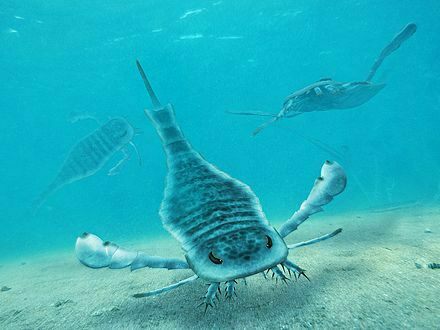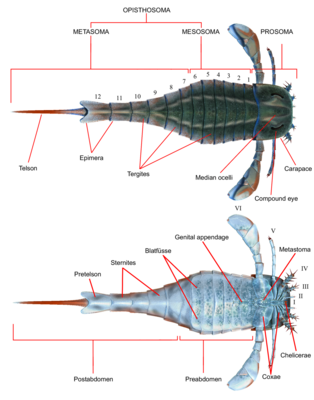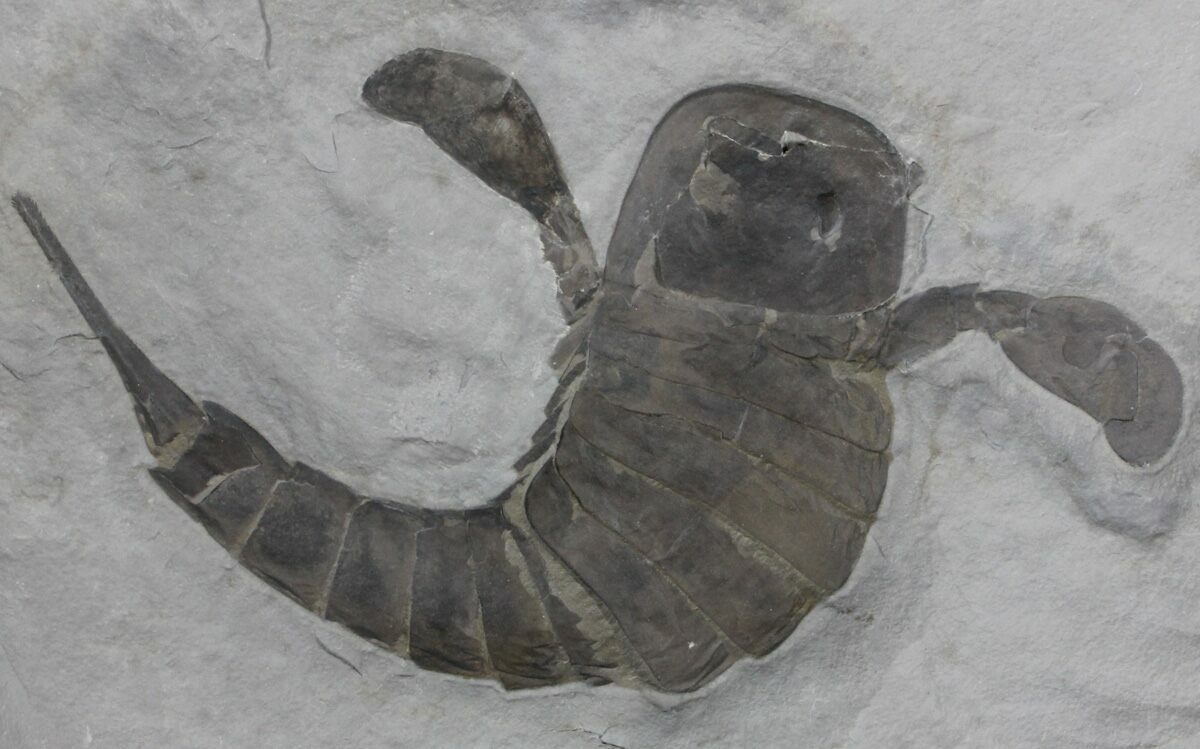EURYPTERID (SEA SCORPION) FOSSILS FOR SALE
Eurypterids, commonly known as sea scorpions, are an extinct group of arthropods related to arachnids and include the largest known arthropods to have ever lived. Prevalent during the Silurian and Devonian, eurypterids had segmented bodies with compound eyes and two club-like "arms." Some species exhibit toothed claws, and may therefore have been predators.
3 Items
($495 to $995)
 Reviews
Reviews







